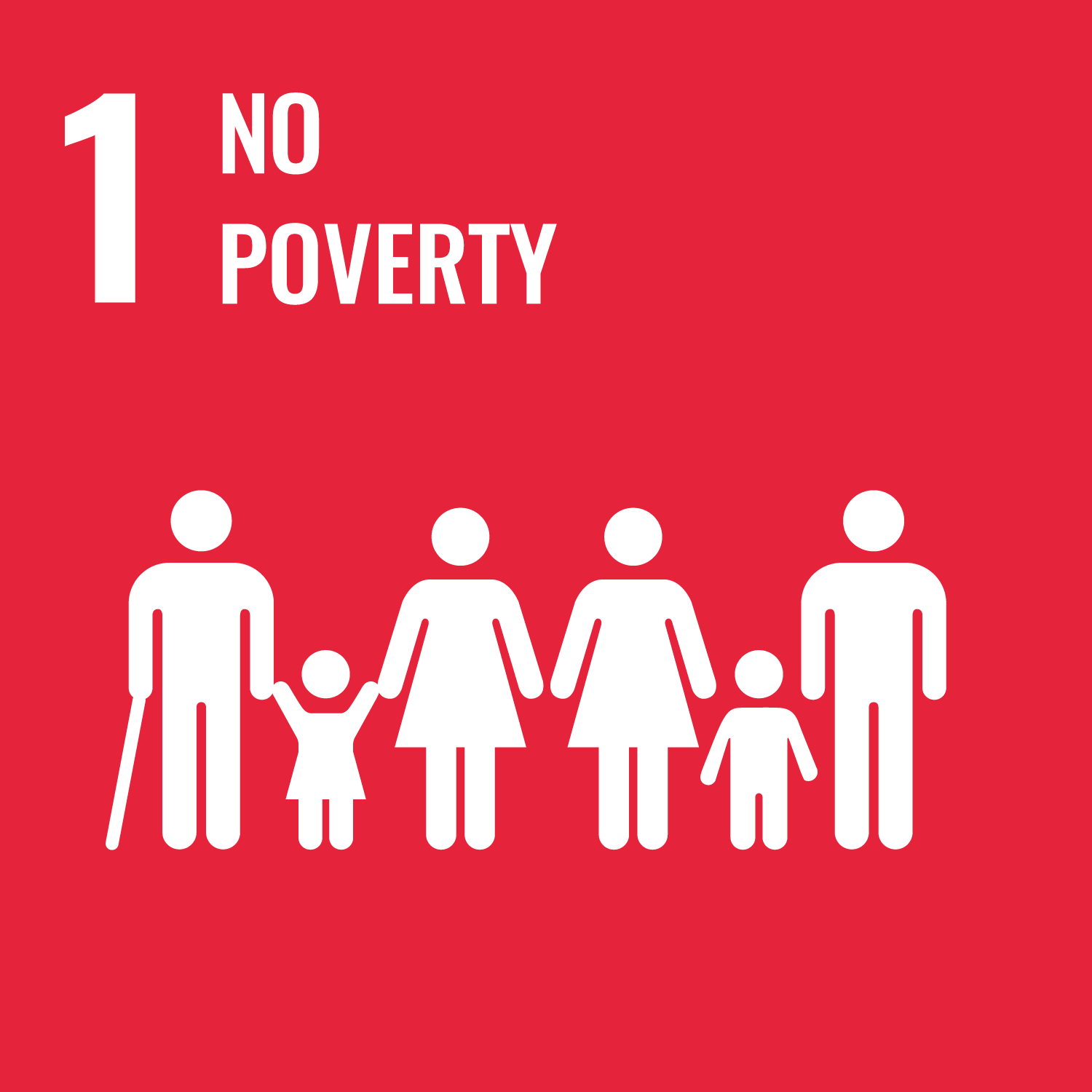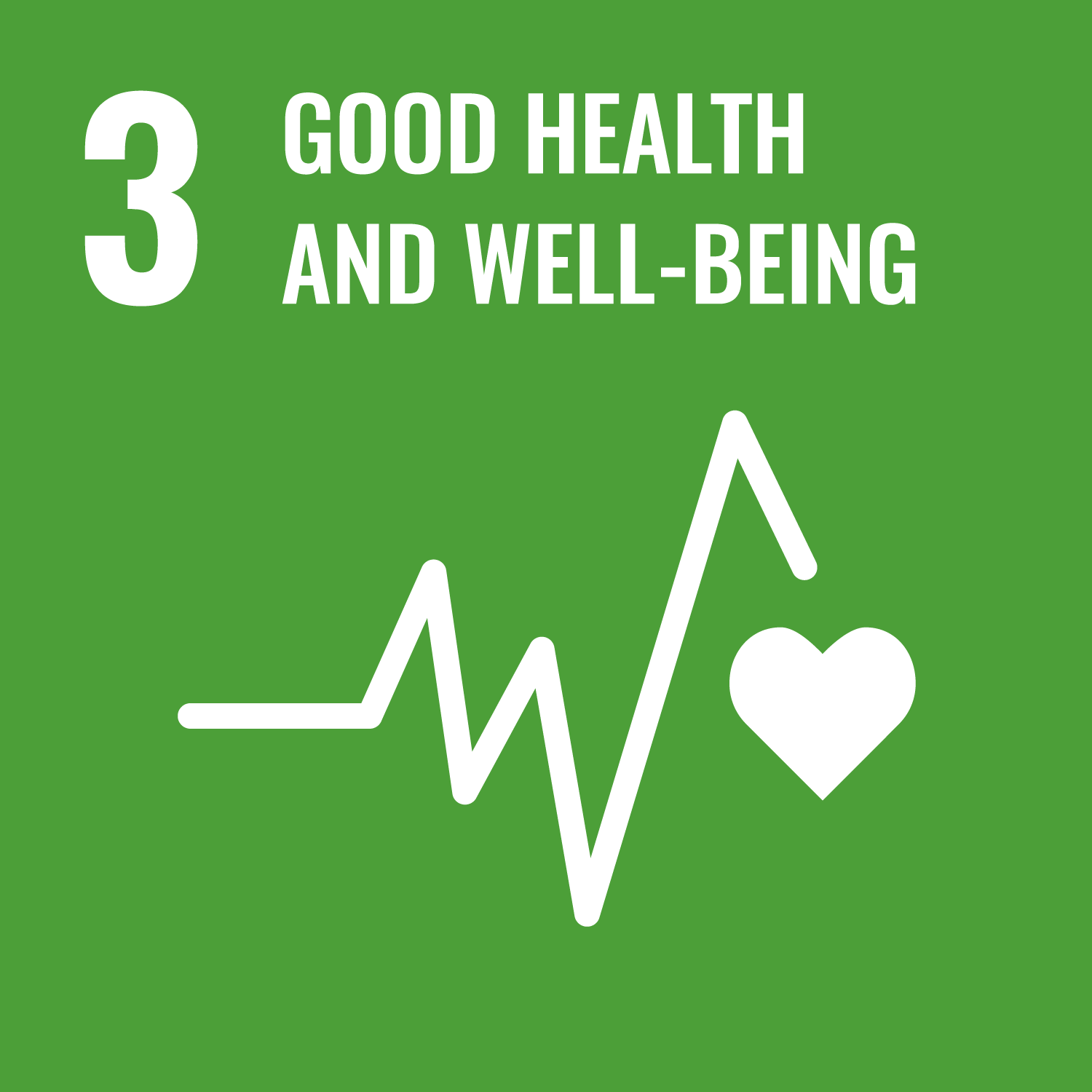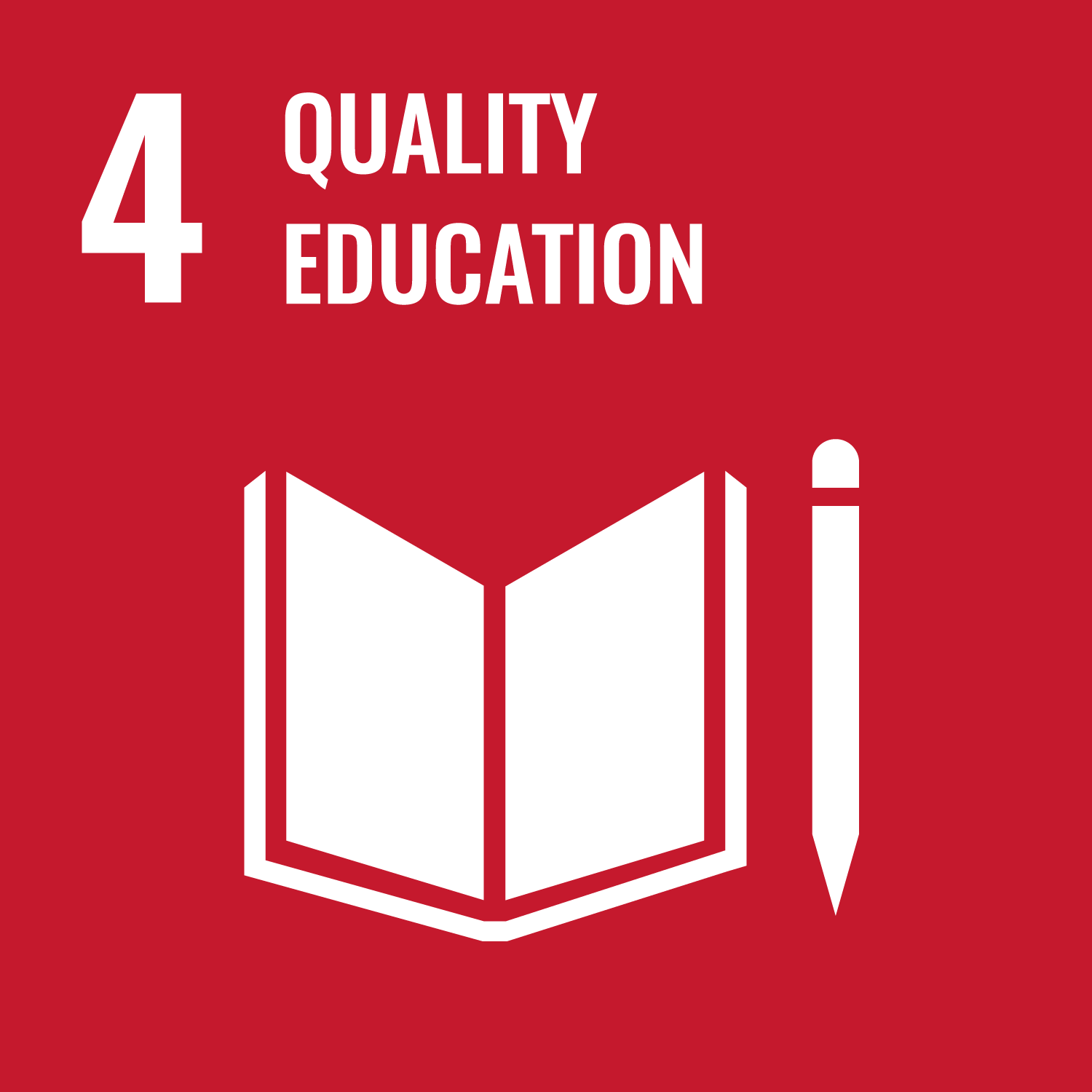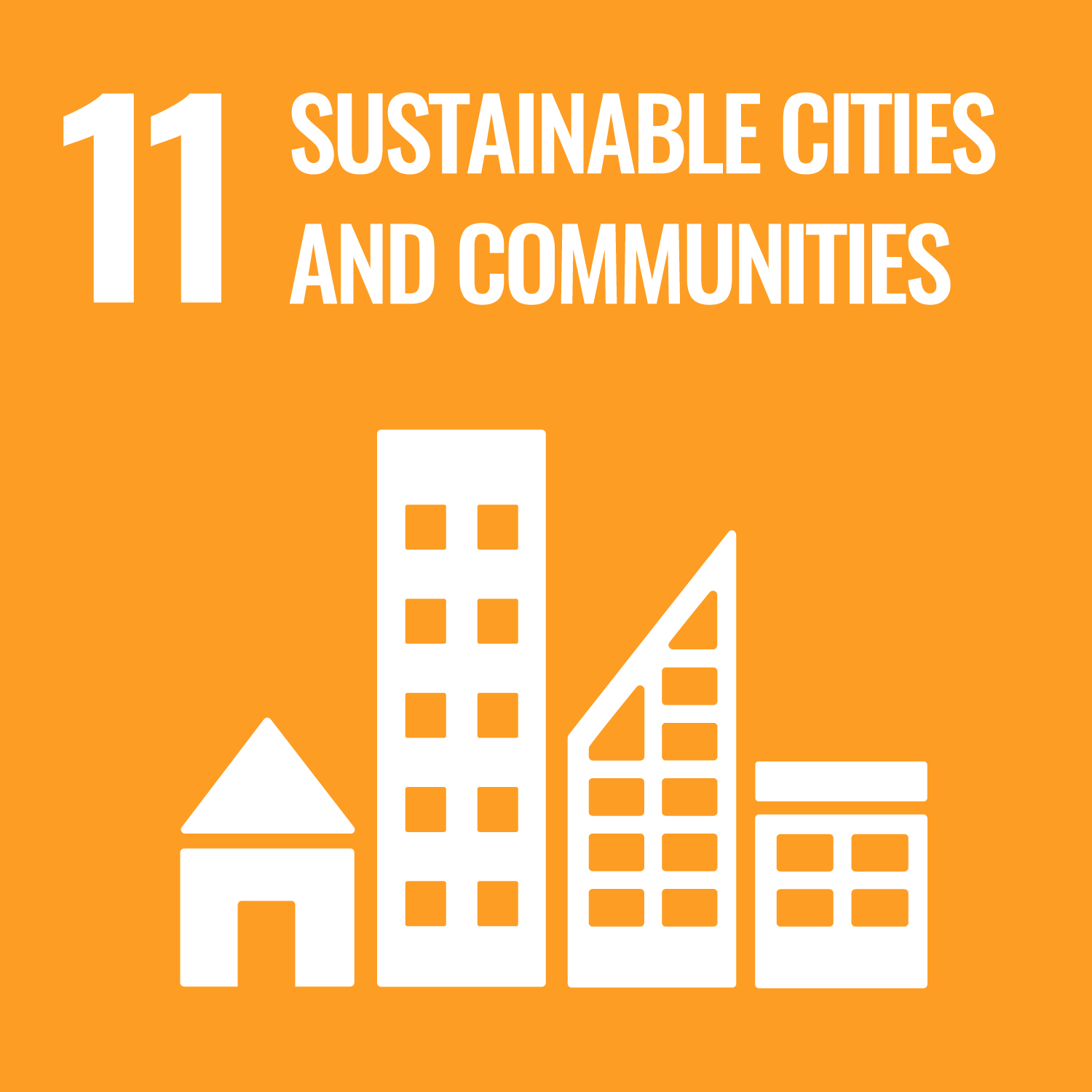Students will work on exercises utilizing the content of specialized courses they have taken up to this point. In the development
of ideas for problem-solving and the creation of designs, originality is emphasized as well as the development of engineering
thinking, and the process of creating the ideas is documented. In this class, students learn how to effectively express what
they want to convey and what they need to convey from a variety of information by actually creating contents. In addition,
students manage the schedule and process of content development, embody design proposals, and make presentations on the appropriate
method of expression for their proposals and the use of services. The proposal will be revised to reflect the evaluation in
the presentation. By reflecting on each step, strengths and weaknesses can be recognized.
Acquire the ability to identify basic issues in content design production. Acquire basic content design focus and action skills,
and the ability to implement problem-solving methods and processes.
- Develop the ability to discover ideas for content design.
- Learn how to create web, apps, and product UI.
- Develop problem-solving idea generation and design production skills.
- To be able to independently produce and utilize them.
- Presentation skills.
| Class schedule | HW assignments (Including preparation and review of the class.) | Amount of Time Required | |
|---|---|---|---|
| 1. | ・Explanation of how to proceed with the exercises (what to submit for each step, what you can expect to achieve) ・Group formation Task 1: Improvement of part-time job search service through observation of user behavior ・Explanation of the assignment and brainstorming for problem identification ・Explanation of how to record thoughts and speech, persona/scenario (9-frame scenario method), and CJM creation (originality is important) |
Research on problem finding, research and analysis methods | 200minutes |
| 2. | Review meeting of research content (individual presentation within the group) ・Discussion of the photo essay using the Thinking and Talking method ・Problem finding and idea development ・Persona/scenario (9-frame scenario method) ・Creation of CJM (Customer Journey Map) |
Behavior Survey and Thought Speech Recording and Photo Essay Preparation | 200minutes |
| 3. | Interim check (group presentation) Confirm theme interpretation, focus, and concept ・Detailing (IA creation, layout and design study) ・Design prototyping (detailed design study, prototype, GUI) |
Preparation for presentation within the group | 200minutes |
| 4. | Critique Session (Plenary and Individual Presentations) A3X4 pages | Preparation of Presentation Slides | 200minutes |
| 5. | Assignment 2: Proposing New Value through Behavior Change Content: New value can be created by changing people's behavior and daily habits through "behavior change. ・Brainstorming for interpreting issues and discovering problems ・Each group examined the theme and prepared for the survey. ・Brainstorming and KJ method for organizing information and ideas |
Research on the characteristics of people's behavior and daily habits | 200minutes |
| 6. | Fill Dwarf Survey ・Online & Offline (Survey Reporting) ・Record user usage behavior of existing products using the think-aloud method. |
market research | 200minutes |
| 7. | Review Meeting of Survey Contents ・Photo essay review ・Problem finding idea development ・Persona/scenario (9-frame scenario method) study |
Prepare 4 draft concept sheets or explanatory materials (photo essay or other target user observation) & present to the group | 200minutes |
| 8. | Concept review meeting (individual presentations within the group): 10 rough drafts Explanation of each person's interpretation of the theme, focus, and concept (5W2H: Who, When, Where, What, How, Why, How much) |
Submit 10 rough sketches (one idea on an A4 paper) for each idea | 200minutes |
| 9. | Concretization & development of idea conception | Submission of PPT for each concept presentation material | 200minutes |
| 10. | Interim presentation (whole and individual) PPT* Explanation of interpretation, focus, and concept of each theme | Each participant will submit 4 sketches and PPT of presentation materials: Each participant will submit 1 best idea ((1) Entire Perspective, (2) Photo Essay, (3) Scenario) and PPT of presentation materials. | 200minutes |
| 11. | Specifics/Detailing (IA creation, layout and design study) | Creation of storyboard for model creation, CJM (Customer Journey Map) & submission of design proposal | 200minutes |
| 12. | Design prototype work (detailed design study, prototype, GUI, logo) |
Submission of design models under production | 200minutes |
| 13. | Confirmation and work towards final presentation Design presentations (group and individual presentations) |
Design Model Submission (Working Model) Presentation Materials (Model & A3x4) | 200minutes |
| 14. | Critique session (plenary and individual presentations) A3X4 sheets, working model | Preparation for self-presentation | 200minutes |
| Total. | - | - | 2800minutes |
| 毎週課題 | 最終成果物 | プレゼンテーション | Total. | |
|---|---|---|---|---|
| 1. | 20% | 5% | 5% | 30% |
| 2. | 15% | 10% | 10% | 35% |
| 3. | 15% | 10% | 10% | 35% |
| Total. | 50% | 25% | 25% | - |
50% evaluation of each step-by-step study (submissions). 50% evaluation of the final deliverables, with a total score of 60
points or higher being considered passing.
| ways of feedback | specific contents about "Other" |
|---|---|
| Feedback in the class | Email:yang@shibaura-it.ac.jp |
A list of references will be distributed at the orientation. Other teaching materials, art materials, and PC software will
be introduced as needed.
- Office hours, questions and consultation
30 minutes after class in the classroom
- Course that cultivates an ability for utilizing knowledge
- Non-social and professional independence development course
| Work experience | Work experience and relevance to the course content if applicable |
|---|---|
| Applicable |




- 1.NO POVERTY
- 3.GOOD HEALTH AND WELL-BEING
- 4.QUALITY EDUCATION
- 11.SUSTAINABLE CITIES AND COMMUNITIES
Last modified : Sat Sep 09 06:00:50 JST 2023

